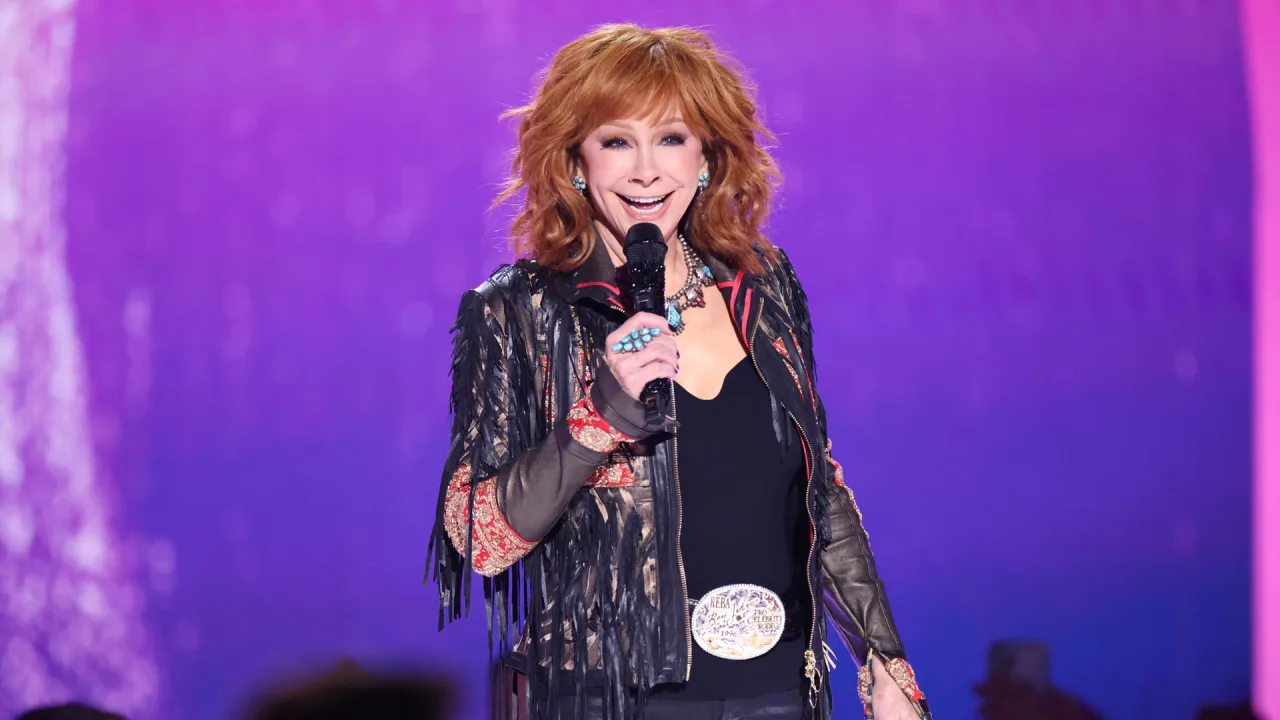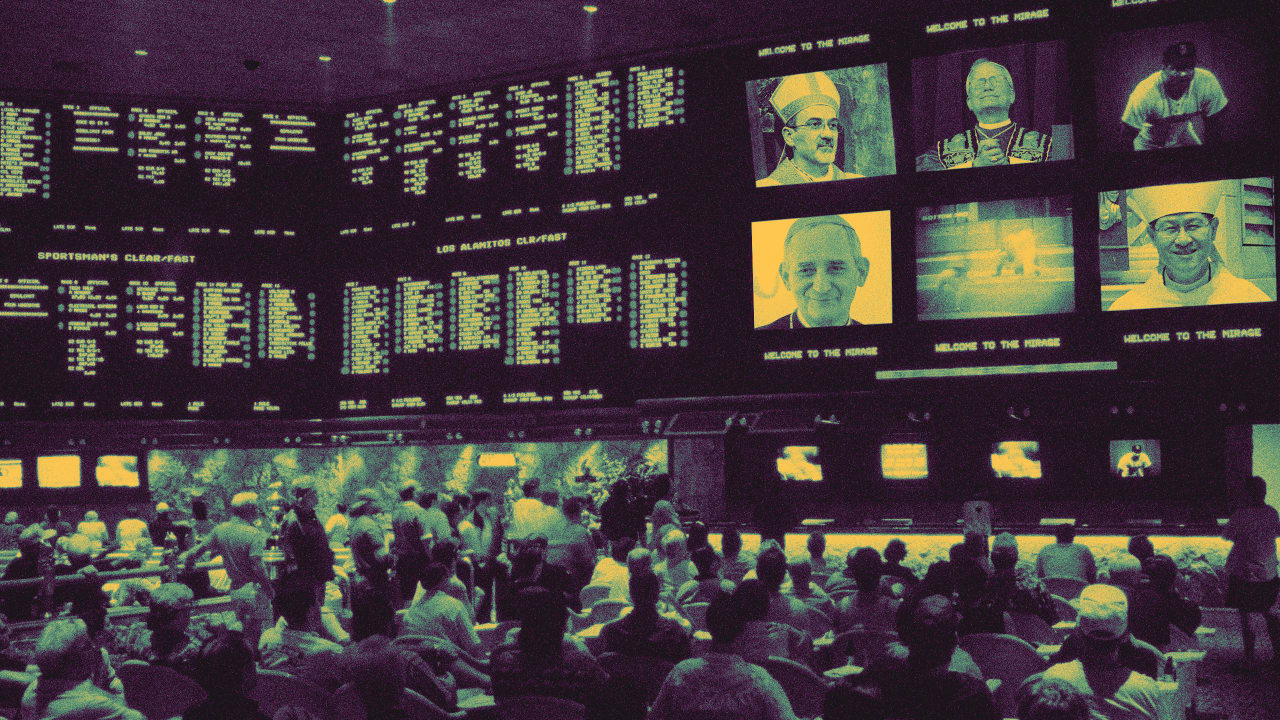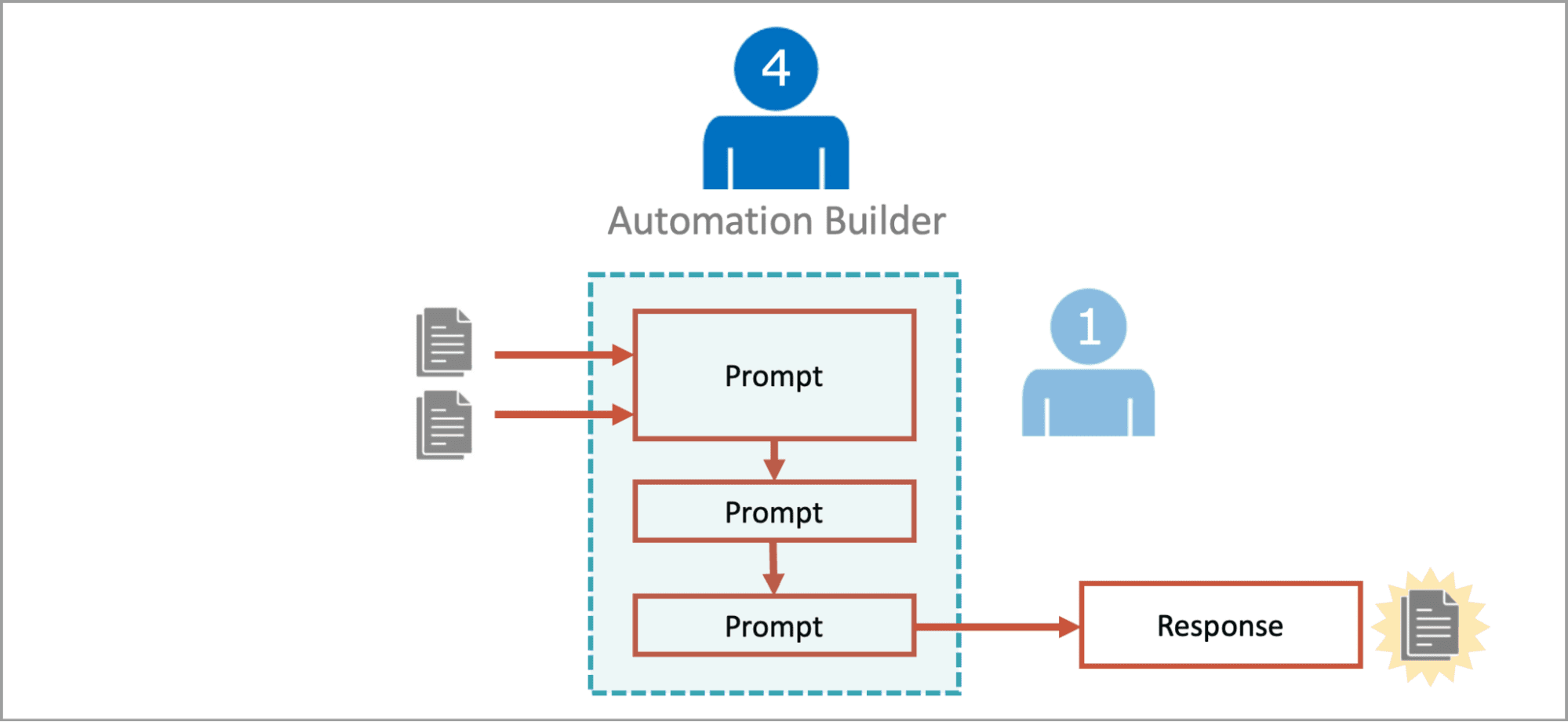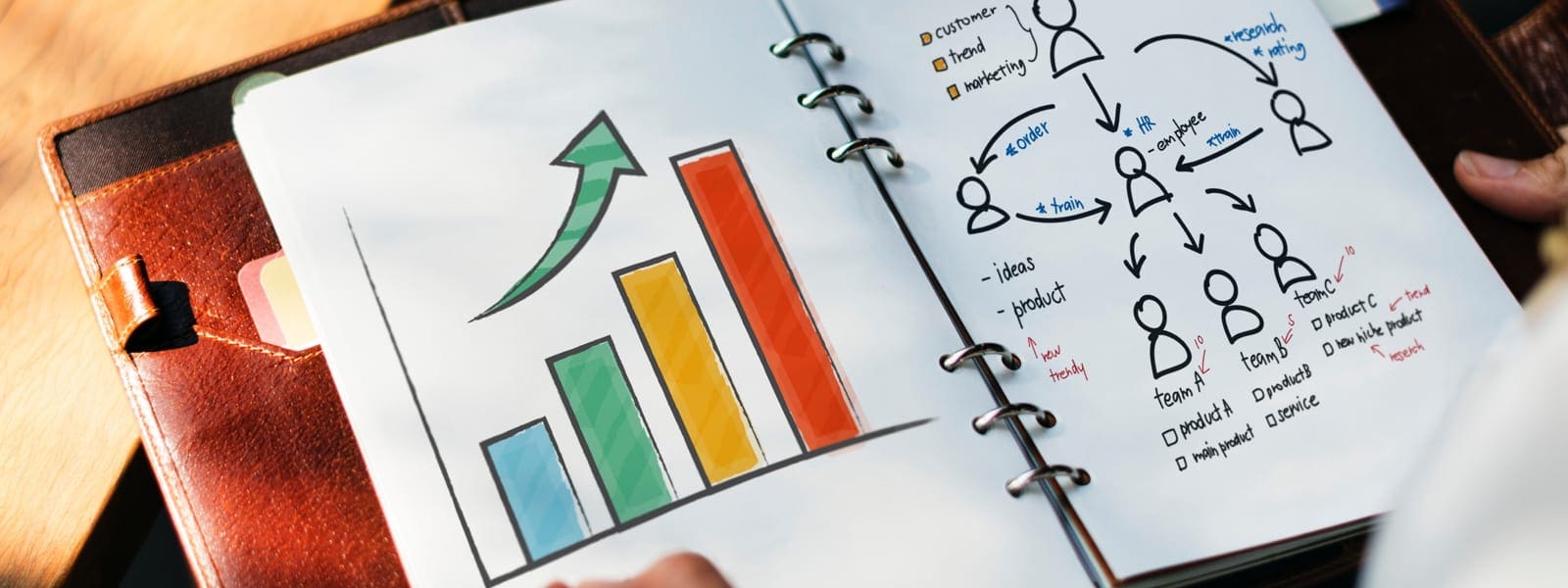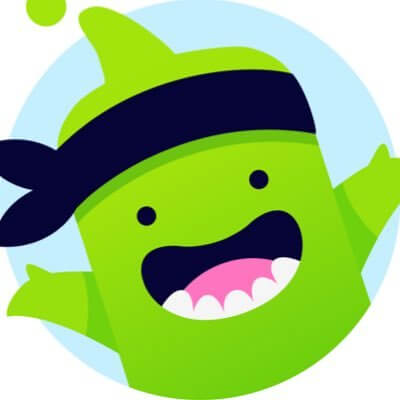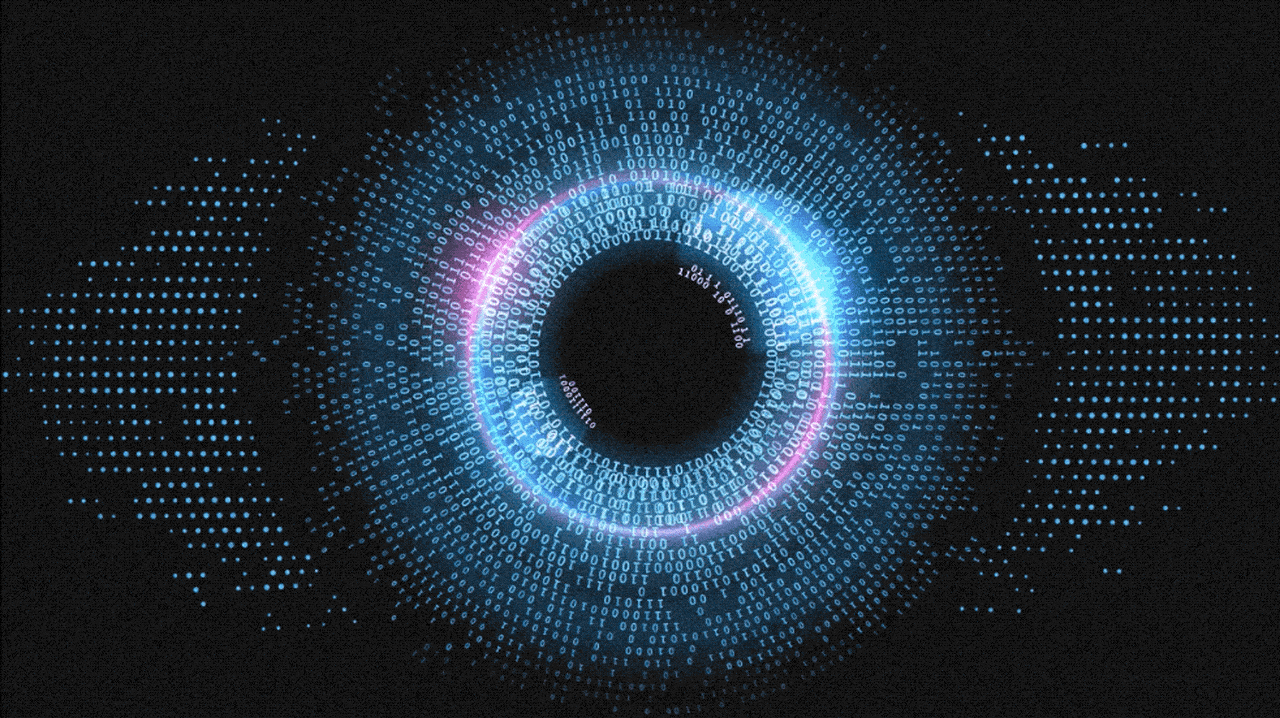Who is the new pope? Latest update as white smoke rises from the Sistine Chapel
White smoke is pouring out of the Sistine Chapel chimney, signaling that a pope has been elected to lead the Catholic Church. That means the winner secured at least 89 votes of the 133 cardinals participating in the conclave to elect a successor to Pope Francis. The crowd in St. Peter’s Square erupted in cheers. The name will be announced later, when a top cardinal utters the words “Habemus papam!” Latin for “We have a pope!” from the loggia of St. Peter’s Basilica. The cardinal then reads the winner’s birth name in Latin, and reveals the name he has chosen to be called. The new pope is then expected to make his first public appearance and impart a blessing from the same loggia. Here is the latest: Older cardinals who didn’t participate in the conclave rush out to the square These cardinals lined up as military bands played the Italian and Holy See national anthems. Spotted in the crowd were American Cardinals Sean O’Malley and Donald Wuerl, both of whom are over 80 and didn’t vote. Swiss Guards have taken position in front of front of St. Peter’s Basilica A marching brass band in blue uniforms led a contingent of Swiss guards through the crowd to a central spot below the balcony, generating another huge roar from the crowd. The Pontifical Swiss Guard is the official security force of the Vatican, and holds a ceremonial and a protective function. And now more marching bands are celebrating the election of a new pope in a parade that includes large groups in military dress uniforms. “Vivi il Papa!” erupts from the crowd whenever the music pauses. All eyes are now on the red-draped central balcony of St. Peter’s Basilica That’s where a cardinal will soon emerge to “to proclaim a new pope to Rome and to the world.” There is incredible excitement — the crowd is roaring, and some are shouting “hallelujah!” Church bells ring in Spain Moments after white smoke poured out of the Sistine Chapel, the bells began tolling in Barcelona’s towering Sagrada Familia basilica and the Almudena Cathedral in Madrid, across from the royal palace. The great bells of St. Peter’s Basilica are tolling And down below, amid the cheers in the vast mix of humanity in St. Peter’s square, priests are making the sign of the cross and nuns are weeping at the white smoke wafting into the sky. The crowd erupted with joy in St. Peter’s Square Some are obviously deeply moved, others excited. They’re clapping and waving national flags and taking photos with their phones. “Viva il papa!” some shouted. White smoke is pouring out of the Sistine Chapel chimney It signals that a pope has been elected to lead the Catholic Church. That means the winner secured at least 89 votes of the 133 cardinals participating in the conclave to elect a successor to Pope Francis. The crowd in St. Peter’s Square erupted in cheers. The name will be announced later, when a top cardinal utters the words “Habemus papam!” Latin for “We have a pope!” from the loggia of St. Peter’s Basilica. The cardinal then reads the winner’s birth name in Latin, and reveals the name he has chosen to be called. The new pope is then expected to make his first public appearance and impart a blessing from the same loggia. The smoke emerged from the chimney at 6:07 p.m. Pope Francis appointed 108 of the cardinals voting for his successor He elevated these men and others who are not eligible to vote in groups throughout his papacy, beginning in January 2014 with 19. They came from around the world, including the developing nations of Haiti and Burkina Faso, in line with his belief the church must pay more attention to the poor and that its hierarchy should reflect the face of the faithful. His last batch was installed in December 2024 with 21 cardinals, 20 of whom are in the conclave. The excitement in the square is contagious At one point there was applause from the crowd as thousands train their eyes on the chimney above the Sistine Chapel, but it was a false alarm. “We want a Pope close to the people and close to us, to the youth, who represent the future of the Church, said Kacper Michalak, 20, a seminarian from Poland who came for the 2025 Jubilee. The holy year is an ancient church tradition encouraging spiritual renewal which encourages pilgrimages to Rome. How long does it take to choose a pope? It’s hard to say precisely. The Vatican doesn’t officially publish the number of votes in past conclaves, and sources compiling their own tallies don’t completely agree. But historical data provide a few clues. The longest conclave since the 20th century began took 14 rounds of balloting across five days, ending with the election of Pius XI in 1922. The shortest, electing Pius XII in 1939, took three ballots over two days. Cardinals must reach a two-thirds majority to elect a pope. That may have been easier in the past: In 1922 there were just 53 voting cardinals, and until 197
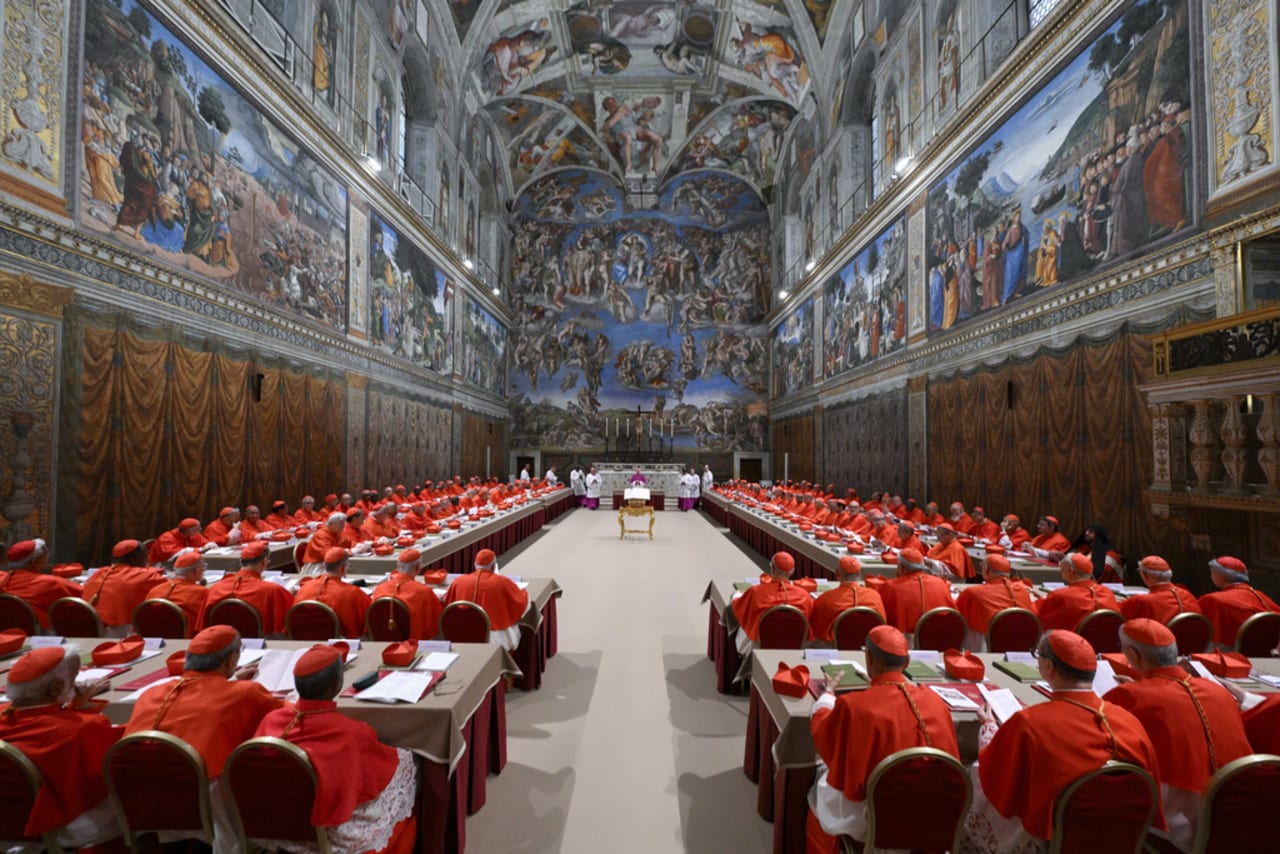
White smoke is pouring out of the Sistine Chapel chimney, signaling that a pope has been elected to lead the Catholic Church.
That means the winner secured at least 89 votes of the 133 cardinals participating in the conclave to elect a successor to Pope Francis. The crowd in St. Peter’s Square erupted in cheers. The name will be announced later, when a top cardinal utters the words “Habemus papam!” Latin for “We have a pope!” from the loggia of St. Peter’s Basilica. The cardinal then reads the winner’s birth name in Latin, and reveals the name he has chosen to be called.
The new pope is then expected to make his first public appearance and impart a blessing from the same loggia.
Here is the latest:
Older cardinals who didn’t participate in the conclave rush out to the square
These cardinals lined up as military bands played the Italian and Holy See national anthems.
Spotted in the crowd were American Cardinals Sean O’Malley and Donald Wuerl, both of whom are over 80 and didn’t vote.
Swiss Guards have taken position in front of front of St. Peter’s Basilica
A marching brass band in blue uniforms led a contingent of Swiss guards through the crowd to a central spot below the balcony, generating another huge roar from the crowd.
The Pontifical Swiss Guard is the official security force of the Vatican, and holds a ceremonial and a protective function.
And now more marching bands are celebrating the election of a new pope in a parade that includes large groups in military dress uniforms.
“Vivi il Papa!” erupts from the crowd whenever the music pauses.
All eyes are now on the red-draped central balcony of St. Peter’s Basilica
That’s where a cardinal will soon emerge to “to proclaim a new pope to Rome and to the world.”
There is incredible excitement — the crowd is roaring, and some are shouting “hallelujah!”
Church bells ring in Spain
Moments after white smoke poured out of the Sistine Chapel, the bells began tolling in Barcelona’s towering Sagrada Familia basilica and the Almudena Cathedral in Madrid, across from the royal palace.
The great bells of St. Peter’s Basilica are tolling
And down below, amid the cheers in the vast mix of humanity in St. Peter’s square, priests are making the sign of the cross and nuns are weeping at the white smoke wafting into the sky.
The crowd erupted with joy in St. Peter’s Square
Some are obviously deeply moved, others excited. They’re clapping and waving national flags and taking photos with their phones.
“Viva il papa!” some shouted.
White smoke is pouring out of the Sistine Chapel chimney
It signals that a pope has been elected to lead the Catholic Church.
That means the winner secured at least 89 votes of the 133 cardinals participating in the conclave to elect a successor to Pope Francis.
The crowd in St. Peter’s Square erupted in cheers.
The name will be announced later, when a top cardinal utters the words “Habemus papam!” Latin for “We have a pope!” from the loggia of St. Peter’s Basilica. The cardinal then reads the winner’s birth name in Latin, and reveals the name he has chosen to be called.
The new pope is then expected to make his first public appearance and impart a blessing from the same loggia.
The smoke emerged from the chimney at 6:07 p.m.
Pope Francis appointed 108 of the cardinals voting for his successor
He elevated these men and others who are not eligible to vote in groups throughout his papacy, beginning in January 2014 with 19. They came from around the world, including the developing nations of Haiti and Burkina Faso, in line with his belief the church must pay more attention to the poor and that its hierarchy should reflect the face of the faithful.
His last batch was installed in December 2024 with 21 cardinals, 20 of whom are in the conclave.
The excitement in the square is contagious
At one point there was applause from the crowd as thousands train their eyes on the chimney above the Sistine Chapel, but it was a false alarm.
“We want a Pope close to the people and close to us, to the youth, who represent the future of the Church, said Kacper Michalak, 20, a seminarian from Poland who came for the 2025 Jubilee. The holy year is an ancient church tradition encouraging spiritual renewal which encourages pilgrimages to Rome.
How long does it take to choose a pope?
It’s hard to say precisely. The Vatican doesn’t officially publish the number of votes in past conclaves, and sources compiling their own tallies don’t completely agree. But historical data provide a few clues.
The longest conclave since the 20th century began took 14 rounds of balloting across five days, ending with the election of Pius XI in 1922. The shortest, electing Pius XII in 1939, took three ballots over two days.
Cardinals must reach a two-thirds majority to elect a pope. That may have been easier in the past: In 1922 there were just 53 voting cardinals, and until 1978 conclaves had fewer than 100. This year there are 133, so 89 votes are needed.
These are the US cardinals voting for the next pope
The United States is home to 10 of the 133 cardinals eligible to vote for the next pope. That’s more than any other nation except Italy, home to 17 of the electors in the conclave choosing a successor to Pope Francis.
Only four of the American electors actively serve as archbishops in the U.S. — Timothy Dolan of New York, Blase Cupich of Chicago, Joseph Tobin of Newark, New Jersey, and Robert McElroy of Washington. Two others are retired archbishops, and four have spent many years serving at the Vatican.
It’s a mixed group, ideologically. McElroy was one of Francis’ staunchest progressive allies. Cardinal Raymond Burke, a traditionalist, was a frequent critic of Francis.








